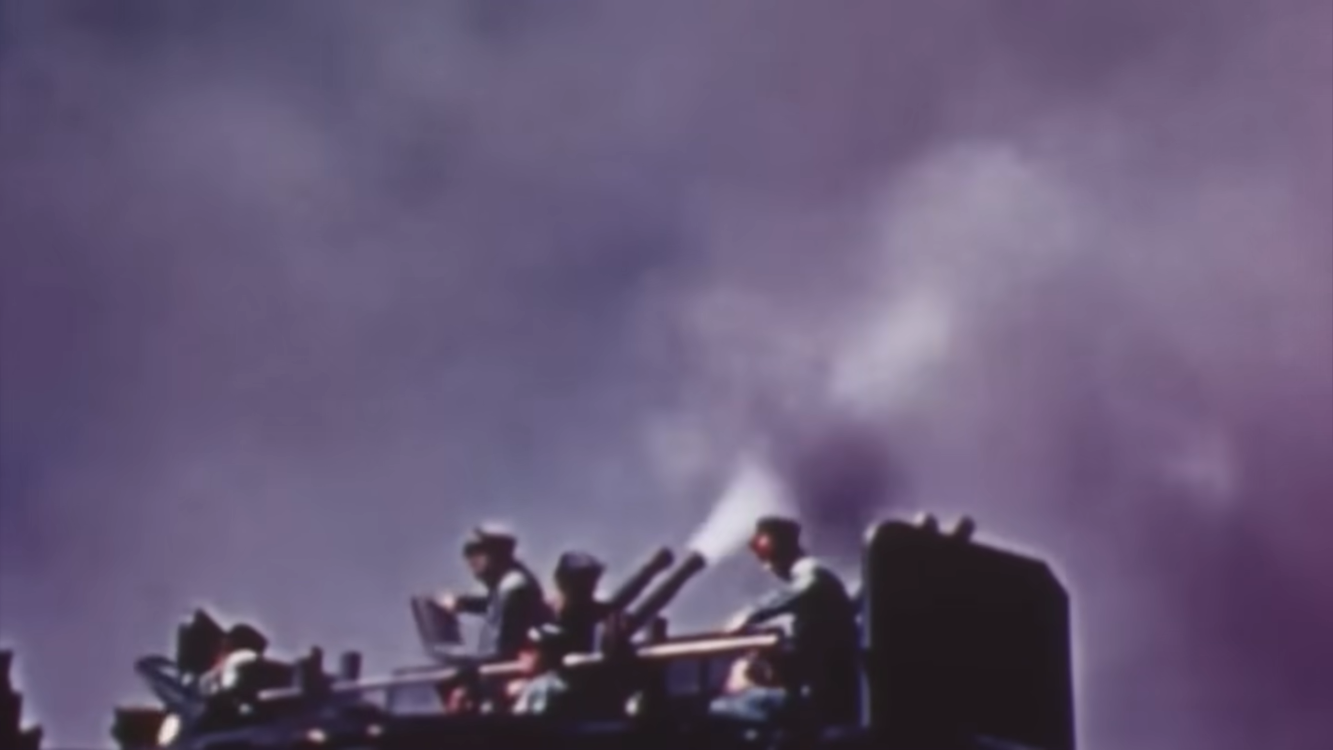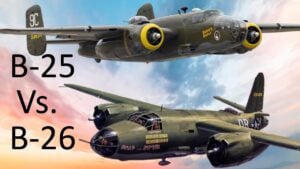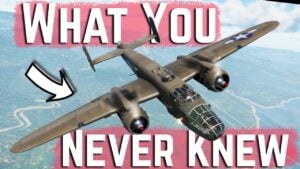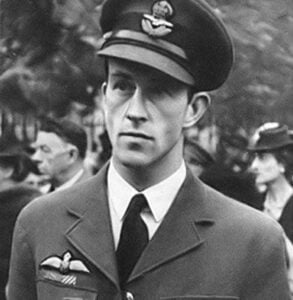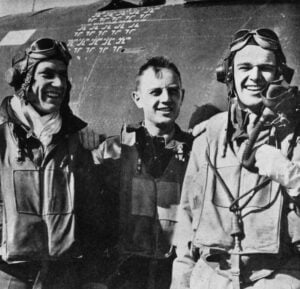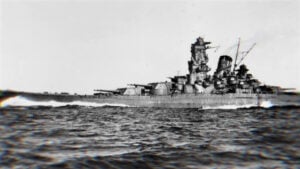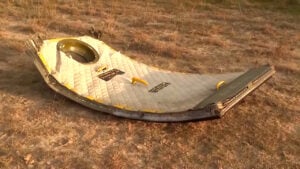Aircraft Carrier Guns vs. Kamikazes

YouTube / WWII US Bombers
During the final, desperate months of World War II, Japan unleashed a terrifying new weapon- the Kamikaze. For these suicide pilots, U.S. aircraft carriers were the ultimate prize. As the heart of Allied naval power, carriers became prime targets, and the toll was devastating: 49 Kamikaze strikes hit roughly 30 American carriers, sinking three and crippling many more.
This video explores how the U.S. Navy fought back, examining carrier anti-aircraft defenses, the tactics of the Kamikaze pilots, the hard lessons learned, and how these brutal attacks reshaped naval warfare in the Pacific.
The Kamikazes vs. Allied Aircraft Carriers
Kamikaze attacks were among the biggest threats faced by the US naval fleet during WWII. They were responsible for 64% of all ships damaged and sunk. A kamikaze attack is 3-4x more effective in ship strikes than conventional bombs or torpedoes. They’re a force multiplier.
Meanwhile, aircraft carriers are armed with three types of anti-aircraft guns and various mounts. The long-range 5-inch 38 caliber twin enclosed gun mounts, single open 5-inch 38 caliber single open guns, a Bofors 40 mm twin mount in a tub, 20mm Oerlikon singles, or 20 mm twin Oerlikons.
Although carrier sinkings by kamikaze are low, with three sunk out of 49 strikes, a bigger cost is the out-of-action effect. Seventy percent of carriers struck by kamikaze aircraft required them to be out of action for repairs, and the average time for repairs is one month.
Most of the damage from kamikaze strikes is not caused by a plane or bomb hit. Rather, from the fires they create. Most crew casualties often come from carrier fires.
US carriers were often fabricated with wooden flight decks. Meanwhile, some British carriers were equipped with armored flight decks. Armored deck carriers were more capable of absorbing damage, but were reduced to 45 planes, around half the number of planes as an Essex-class carrier of roughly the same size.















